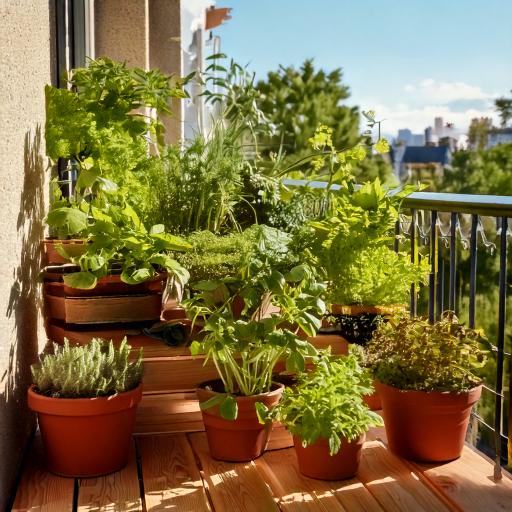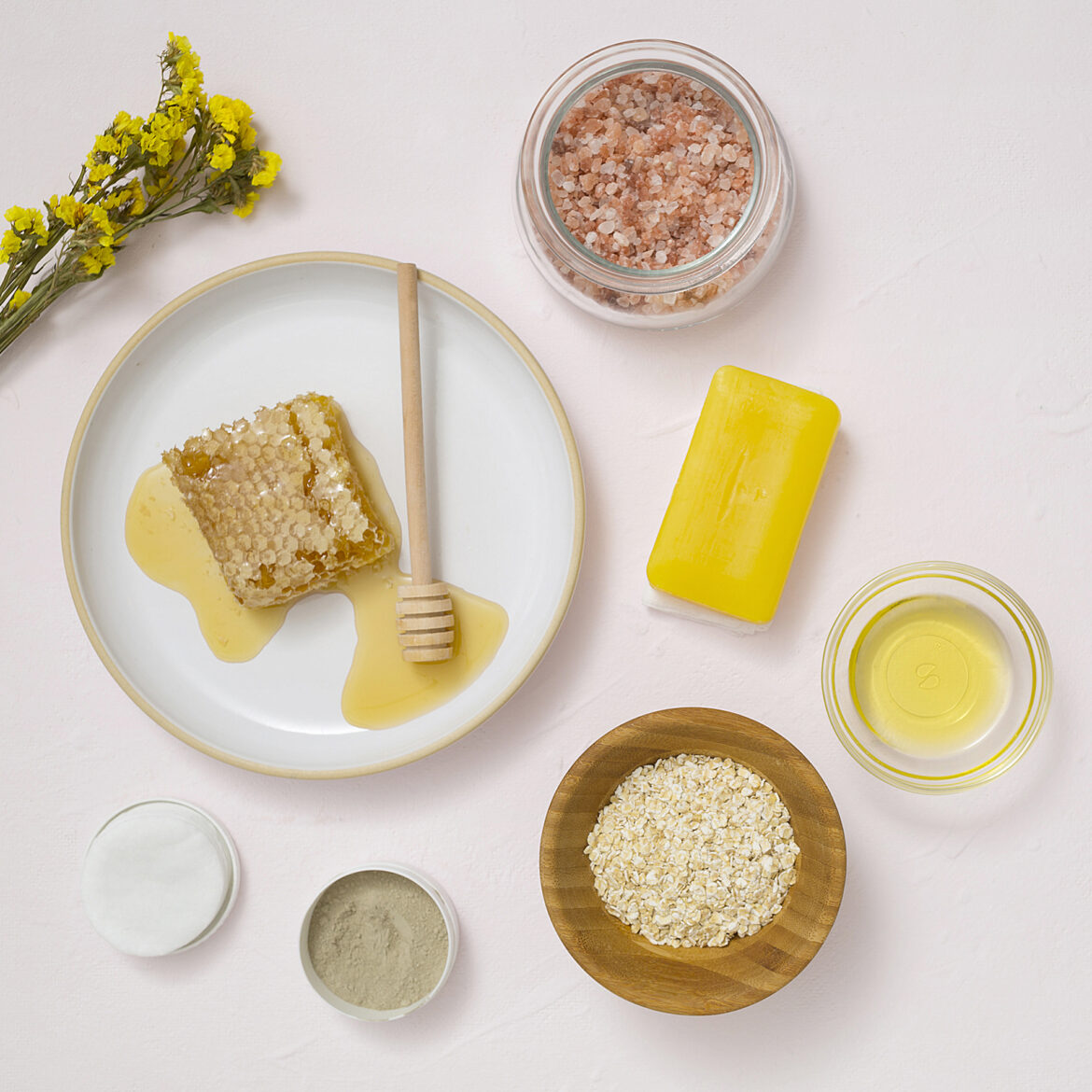How to Create a Sustainable Home: Simple Changes for a Greener Lifestyle
Sustainable living begins at home. By adopting eco-friendly practices, you can reduce your environmental impact while creating a healthier, more cost-efficient living space. Here are practical steps to transform your home into a sustainable haven.

Energy Efficiency: Small Steps, Big Savings
Reducing energy consumption benefits both the planet and your wallet.
- LED Lighting: Replace traditional bulbs with energy-efficient LEDs, which last longer and consume less power.
- Unplug Devices: Turn off electronics when not in use to avoid phantom energy usage.
- Smart Thermostats: Use programmable thermostats to optimize heating and cooling schedules.
Water Conservation: Every Drop Counts
Water is a precious resource, and small changes can make a big difference.
- Low-Flow Fixtures: Install low-flow showerheads and faucets to reduce water waste.
- Rainwater Harvesting: Collect rainwater for outdoor irrigation.
- Fix Leaks: Repair dripping faucets and pipes promptly to save gallons of water.
Eco-Friendly Materials: Choose Wisely
Opt for sustainable materials when renovating or decorating your home.
- Reclaimed Wood: Use salvaged wood for furniture and flooring.
- Natural Fibers: Choose organic cotton, wool, or bamboo for rugs, curtains, and upholstery.
- Low-VOC Paints: Select paints with low levels of volatile organic compounds to improve indoor air quality.

Waste Reduction: Less is More
Cutting down on waste is a cornerstone of sustainable living.
- Composting: Turn kitchen scraps into nutrient-rich compost for gardening.
- Reusable Products: Switch to reusable grocery bags, water bottles, and food containers.
- Recycling: Set up a home recycling station and educate yourself about local recycling guidelines.
Grow Your Own Food
Growing even a small garden can reduce your reliance on store-bought produce.
- Container Gardening: Ideal for small spaces; grow herbs, tomatoes, or lettuce in pots.
- Vertical Gardens: Save space with wall-mounted planters or tiered shelving.
- Organic Practices: Avoid chemical fertilizers and pesticides for a healthier garden.
Renewable Energy: Go Solar
If feasible, invest in renewable energy sources.
- Solar Panels: Generate electricity and reduce dependency on fossil fuels.
- Solar Water Heaters: Heat water using solar energy to cut down on electricity or gas usage.
Conclusion
Sustainable living doesn’t require drastic changes. By making mindful choices and incorporating these practices into your daily life, you can create a greener home and contribute to a healthier planet. Start small, and let your sustainable lifestyle inspire others around you.










